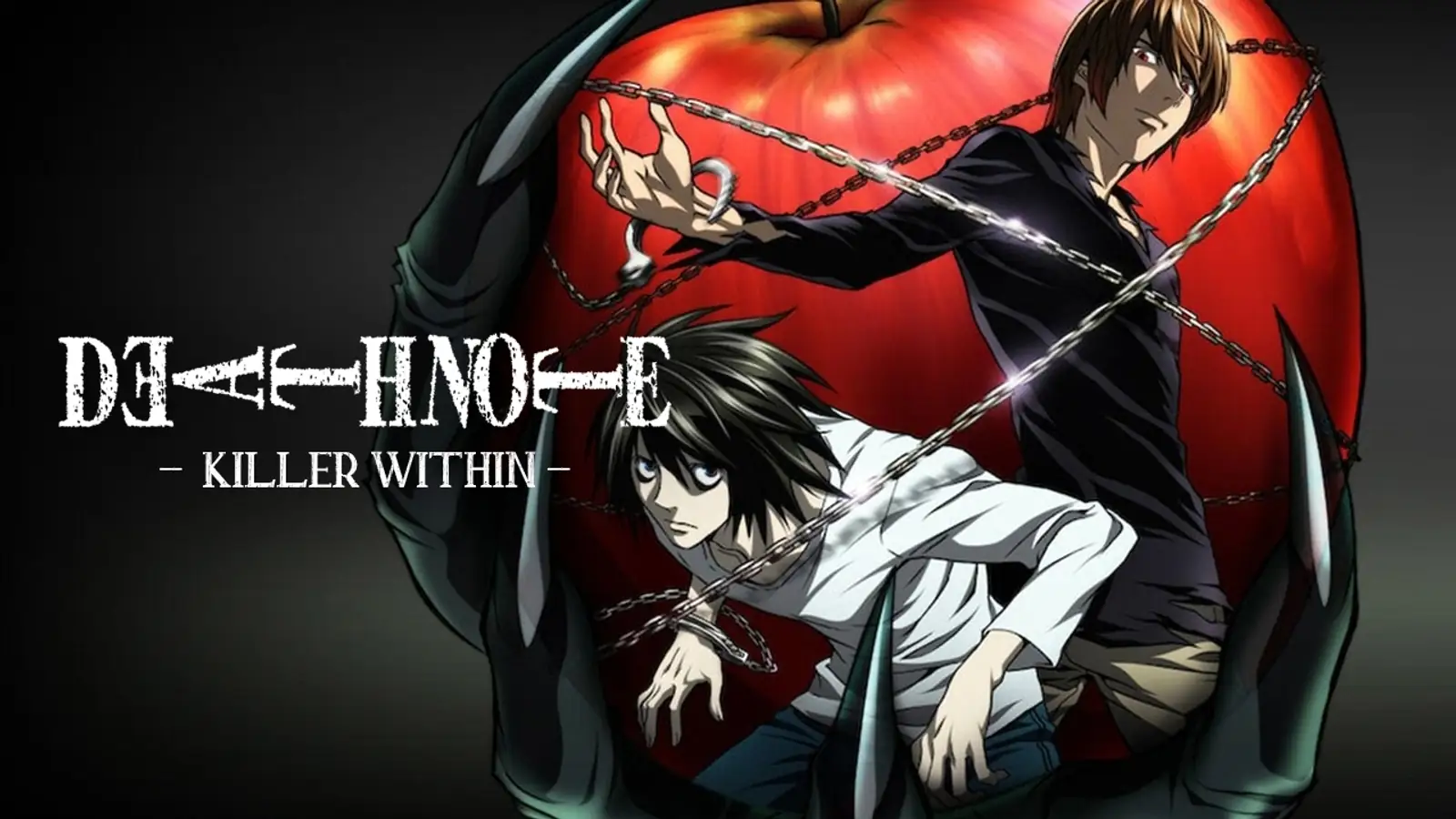
Brand
- Routledge 17.399
- CRC Press 4.227
- Vale 4.210
- FAG 4.169
- Shire 3.863
- ORN 3.836
- Festo 3.622
- Toolex 3.159
- Silent Gliss 3.095
- INA 2.611
- Kennametal 2.084
- QMP 1.943
- CraftifulOils 1.938
- SKF 1.717
- JAS Engineering 1.617
- Zebra 1.466
- Neo 1.300
- Seers 1.189
- Sid & Sam 1.150
- Tc 1.133
- Galleria 1.042
- XPLOSIVEAPE 968
- TIMCO 930
- Millennium Furniture 913
- YouGarden 912
- Unbeatable Bargains 911
- MTP Products 910
- Garden Plants Online 870
- Integra 864
- Style and Chic 852
- Tyrell & Tyrell 844
- Direct Imports 834
- Discount Dealers 820
- Dormer 813
- R and M Furniture 802
- All Things Good 800
- Corning 772
- Merlin Deals 771
- Brittle & Co 768
- Polaroid 767
- Casper Homes 763
- IWTBAG 761
- Honeywell 749
- Outsunny 740
- The Home Maker 740
- Merkel Designers 733
- Decor Base 731
- GFW 719
- Design Hut 702
- Chapman & Hall 694
- JP Cages 645
- Spectrum Industrial 594
- Pulse Fitness 585
- Bisley 579
- Museum 564
- Maroxe 545
- Speedy 540
- Craftiful Fragrance Oils 531
- Velux 526
- Sia Abrasives 523
- Lighthouse 510
- Dell 498
- Charlotte Dunes 493
- Zoro Select 493
- Chicago Pneumatic 468
- Swift 462
- ValuePlus 457
- Result 441
- Anglo Aquatics 435
- Steptek 403
- Southgate 402
- Norfolk Furniture 395
- Routledge India 391
- Homcom 385
- Festive 368
- Harley 356
- Nuura 350
- Savings Store 342
- Perkupyourday 334
- Mountz 329
- Haynes Manuals UK 324
- Rolls 315
- Burda 310
- EUROKRAFTpro 309
- Nunc 304
- Prestigious Textiles 304
- Ray-Ban 299
- Gemini Interiors 298
- vendor-unknown 298
- Modern Country 295
- Swish 287
- Raven 285
- EGA Master 283
- Hallis Hudson 280
- Steam 278
- Karcher 274
- Co 269
- HOMCOM 267
- Birlea Essentials 261
- Moravia 252
Colour
- Black 5.833
- White 3.526
- Brown 3.000
- Blue 1.782
- Grey 1.747
- Red 1.599
- black 1.364
- Green 1.304
- Silver 1.003
- Light Grey 915
Size
Gender
Merchant
- Zoro UK Limited 61.547
- Routledge 24.408
- Home Done 15.109
- Your Stylish Home 9.157
- QD Stores 6.786
- Seal Medical 6.273
- Cherry Lane 4.169
- Alensa.co.uk 3.131
- Craftiful Fragrance Oils 2.469
- AndLight.co.uk 2.181
- MyTrendyPhone.co.uk 1.717
- Maroxe 1.333
- Acorn Fire & Security 1.277
- Home Living Luxury 1.196
- K4G.COM 1.193
- Xplosive Ape 992
- YouGarden 912
- Selfmade.com 891
- Garden Plants Online 870
- Cowling & Wilcox 866
- I want to buy a gift 761
- Rhino Stationery (Comlyn CSS) 749
- JP Cages 656
- Perfect Little Thing 550
- Marks & Spencer UK 493
- Love My Window 468
- soghaat.co.uk 442
- Lighthouse Clothing 360
- Suit Direct 350
- Perk Up Your Day 334
- Haynes.com UK 324
- Gordons Direct 322
- Erysta 316
- Haya Clothing 299
- Kick Game 235
- Moon Magic 228
- Donaghy Bros UK CSS 190
- Target Dry 184
- Mobility Smart 183
- Craigmore UK 180
- Vivomed 175
- Plusshop UK [OLD] 174
- uk.bazta.com 170
- BPerfect Cosmetics UK 158
- Lime Lace 155
- LuisaViaRoma.com 141
- Sherlock Amusement Sales 139
- Building Plastics Online 134
- Posted Protein 130
- Fragrance Rich 127
Price (EUR)
- <5 9.468
- 5 - 10 6.458
- 10 - 20 10.923
- 20 - 50 35.260
- 50 - 100 24.217
- 100 - 200 21.976
- 200 - 500 21.048
- >500 30.044






















